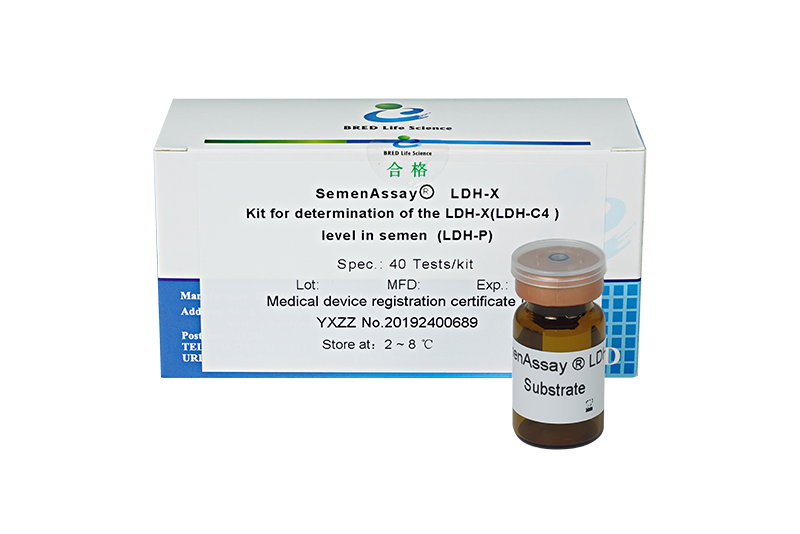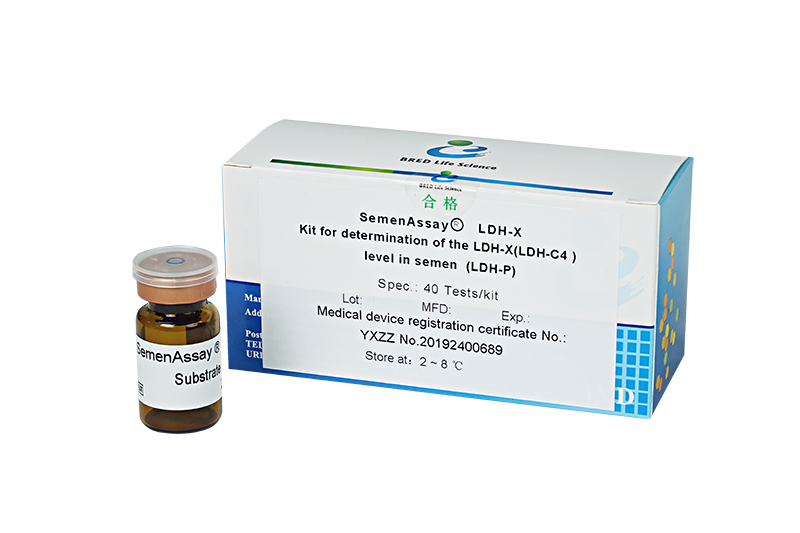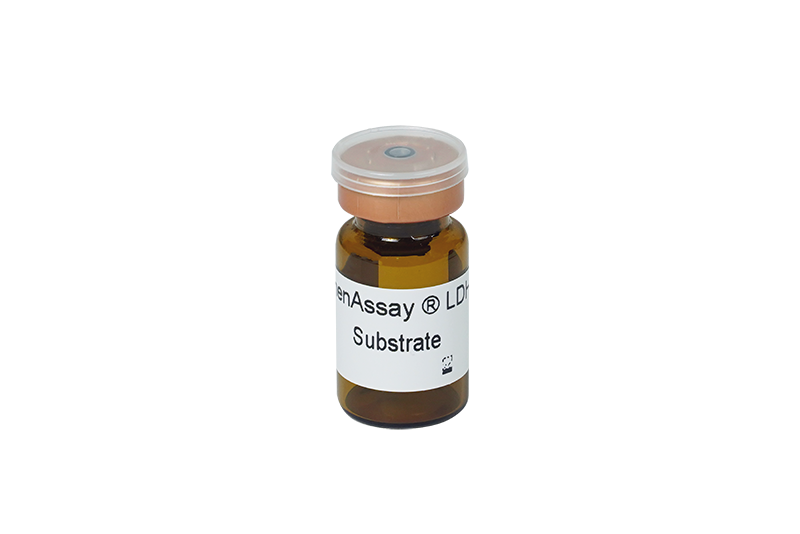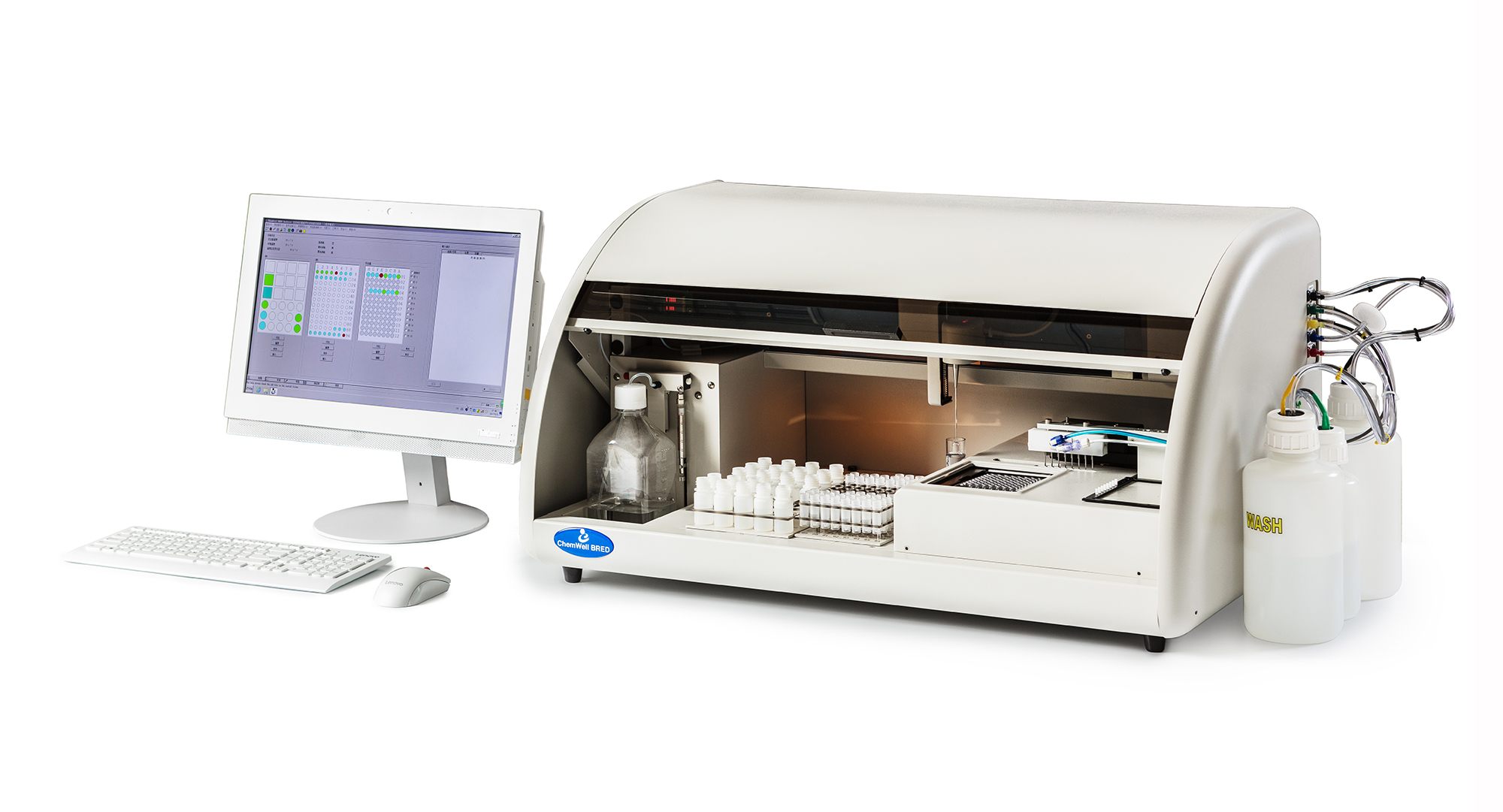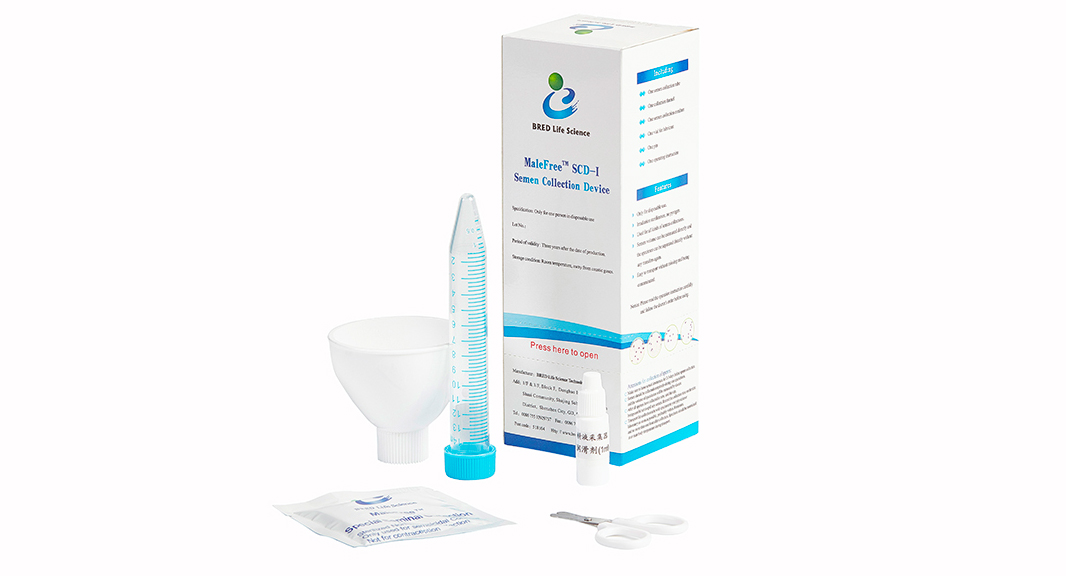Products
- MaleFree-Semen collection
- Seminal collection condomSCD-I Seminal collection deviceSCD-II Seminal collection device
- SemenAssay Kits
- ChemWell BRED AnalyzerMutiskan Ascent AnalyzerKits for biochemistry index in semenKits for immunity index in semenSemen liquefying agent
- SpermFunc Kits
- Kits for sperm-cervical mucus interactionDiagnostic kit for sperm morphologyDiagnostic kit for sperm vitalityDiagnostic kits for sperm maturityDiagnostic kit for sperm fertilization
- FertiMedium-Reproductive media
- Semen preparation media
- SerumAssay Kits
- BredDevice-Lab equipment
- Lab consumables for reproductive medicineOrdinary equipments for reproductive medicine
-
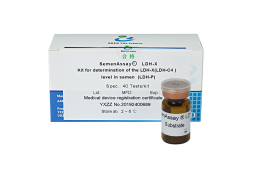
Kit for Determination of the LDH-X (LDH-C4) Level in Semen (LDH-P)
The lactate dehydrogenase isoenzyme X (LDH-X, alias LDH-C) is the specific marker of human semen, where the LDH-X level in the semen could indicate function integrity of sperm membranes; the low activity of sperm LDH-X is indicative of the damage or resistance of the sperm differentiation.
Category: SemenAssay Kits → Kits for biochemistry index in semenIntroductionKit for Determination of the LDH-X (LDH-C4) Level in Semen (LDH-P)
The lactate dehydrogenase isoenzyme X (LDH-X, alias LDH-C) is the specific marker of human semen, where the LDH-X level in the semen could indicate function integrity of sperm membranes; the low activity of sperm LDH-X is indicative of the damage or resistance of the sperm differentiation.
Features:
- The product is a single component reagent, with stable test result.
- Convenient to handle.Operation in the microplate. Fast and easy-to-use.
- Available for automatic and semiautomatic tests, good for standardization of test.
- It is ready for use and easy to handle.
- 40 tests per kit and meet the need of batch testing.
Applications in clinic:
The lactate dehydrogenase isoenzyme X (LDH-X, alias LDH-C) is the specific marker of human semen, thus, the LDH-X level in the semen could indicate the status of spermatogenic epithelium of testicles. The low activity of sperm LDH-X is indicative of damage or resistance of the sperm differentiation. Test the LDH-X level in sperm and in seminal plasma respectively, and the seminal plasma/sperm LDH - X ratio could be used to evaluate the integrity of the sperm membrane function. As research showed that the distribution of male LDH-X inside and outside of sperm varies with the fertility conditions. Generally speaking, with the deterioration of sperm quality, a large number of LDH-X discharges from the inside of sperm to the outside. The ratio of seminal plasma/sperm LDH-X of men with normal sperm motility is much lower than the infertile men with abnormal sperm motility. The lower the sperm motility, the greater the specific value. The functional impairment to the sperm membrane may cause the decrease of sperm motility.
The detection of semen LDH-X can be used for analysis on causes of asthénospermie, and provide important evidence for further definitive diagnosis and treatment. When the LDH-X is normal while the sperm motility decreases, the abnormality of sperm differentiation should be excluded and we should consider the post-testicular factors (such as infection, sperm anti-body, etc.) and accidental factors (such as specimen collection, sperm inactivation during the transportation and storage, as well as error detection).
